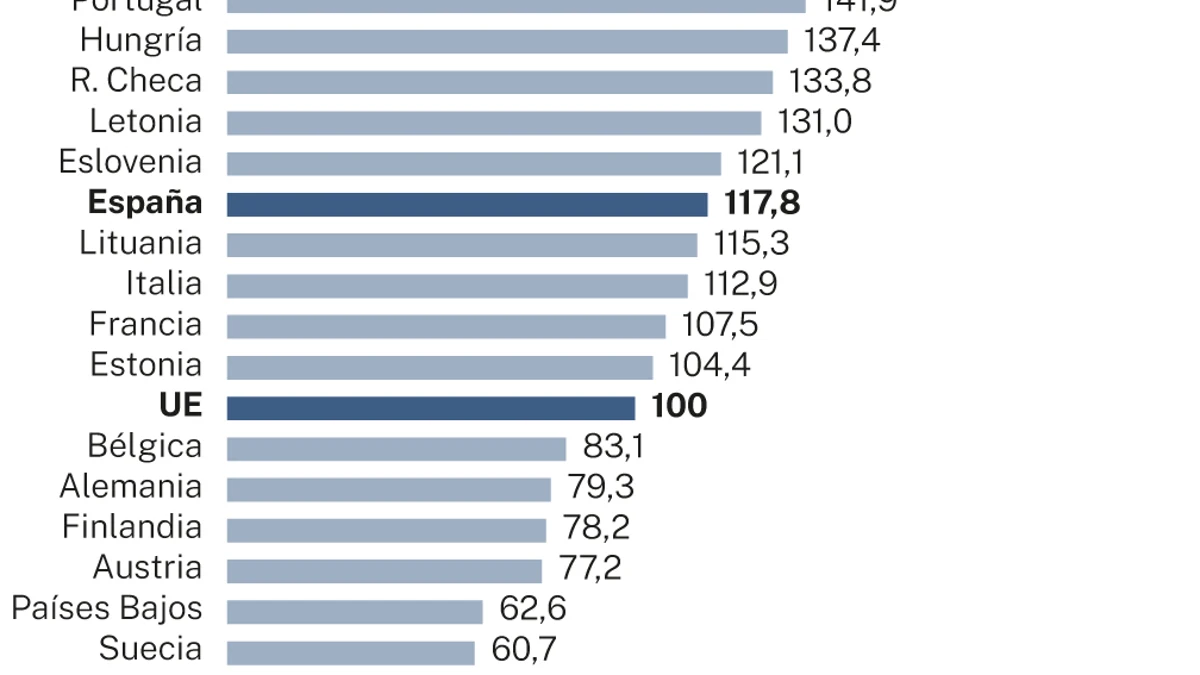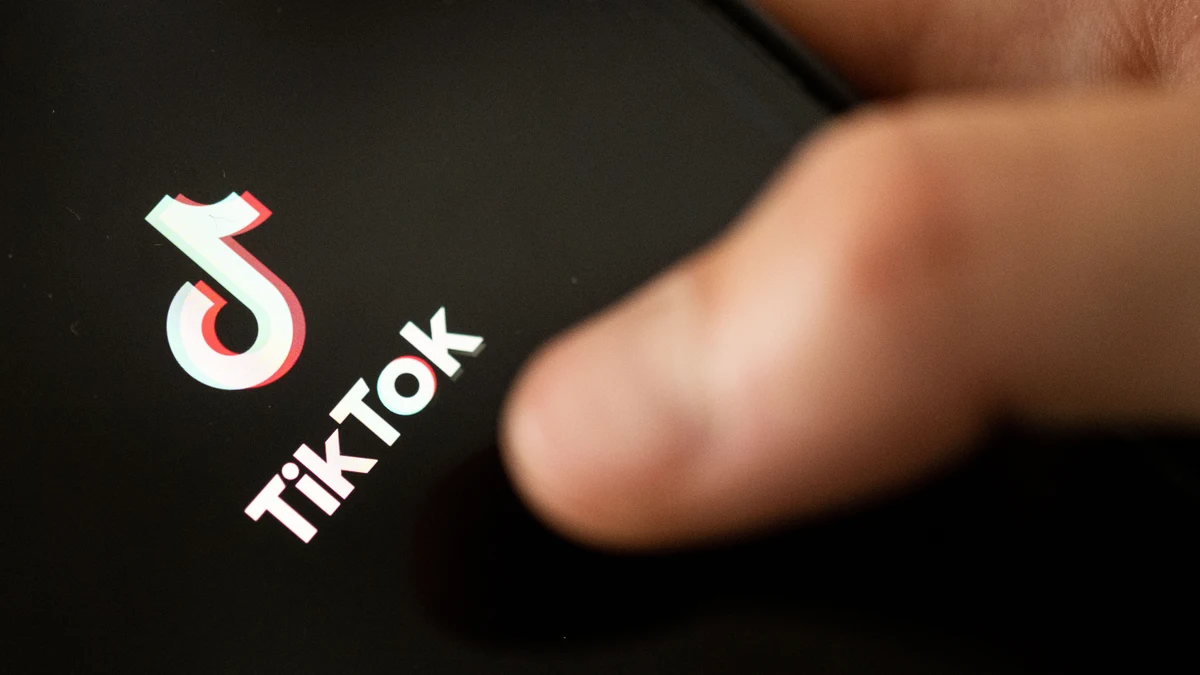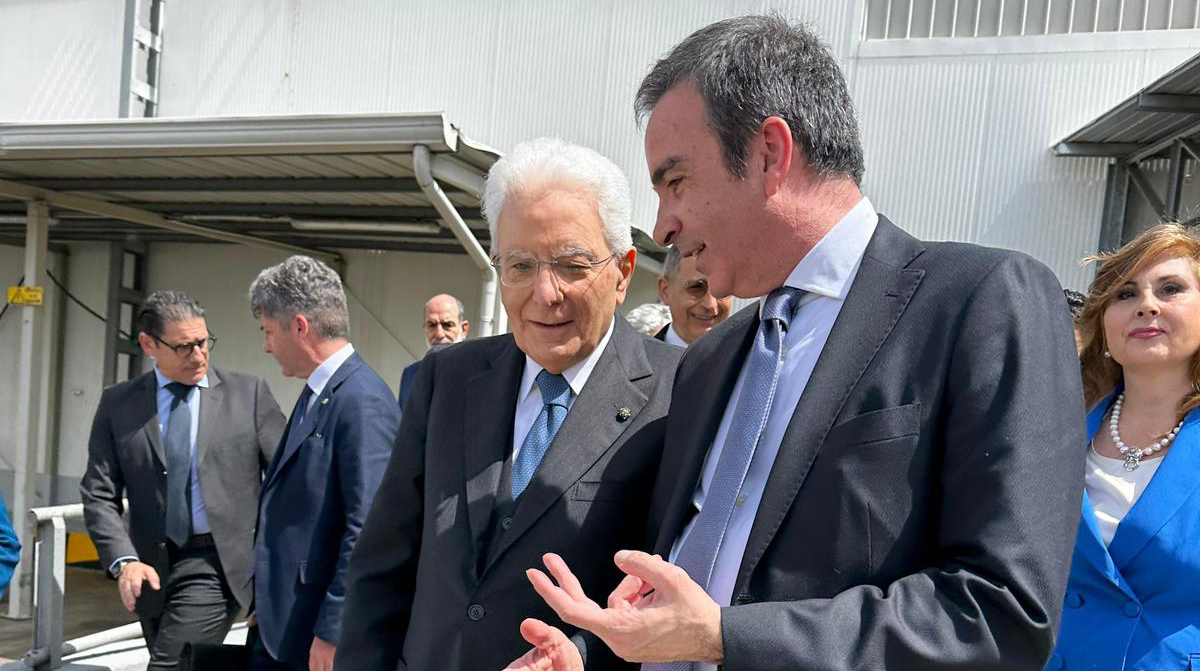As the Chicago Bears enter the final stages of setting their draft board and intrigue builds about what they will do after the likely selection of USC quarterback Caleb Williams at No. 1, it’s worth wondering what the dream scenario is for general manager Ryan Poles.
Too often we get tangled up in recency bias and overstate the significance of what’s in front of us or what just passed. For a franchise with 105 years of history, that’s easy to do. But it’s difficult to overstate how momentous the first round on April 25 can be for Poles, with an opportunity to change the trajectory of a franchise that has gone nearly 20 years since its last consecutive winning seasons (2005-06).
It’s another shot at a franchise quarterback, something the Bears have taken far too few swings at over the years. Yes, they used first-round selections on Justin Fields (2021) and Mitch Trubisky (2017) and made the blockbuster trade for Jay Cutler (2009), but in between selecting Johnny Lujack in 1946 and Rex Grossman in 2003, the Bears used only four first-round picks on quarterbacks: Bob Williams (1951), Jim McMahon (1982), Jim Harbaugh (1987) and Cade McNown (1999).
It’s no wonder finding the next Sid Luckman, a first-round pick in 1939, has been such a chore, something Poles was brought in a little more than two years ago to fix.
With the ninth pick, the Bears have a chance to acquire a difference maker at a premium position, the kind of addition that would boost their chances of competing with the Detroit Lions and Green Bay Packers in the suddenly rugged NFC North.
Before reviewing six possible avenues with that pick, here are six opinions that should shape Poles’ decisions:
The Bears must get a player with their second pick who they believe can develop into a “blue” (top-tier) player. They don’t plan to be picking in the top 10 — or anywhere near it — in 2025. The time to strike is now. The Bears are at a different point than they were a year ago and certainly two years ago, when a trade-down scenario would have been more appealing. They’ve stocked the roster and nine of the 10 draftees from 2023 remain on the team. It’s a young roster. This isn’t to say they shouldn’t consider trading down, but it doesn’t have to be Plan A.
A desire to fill more roster holes by trading down should be weighed carefully against the opportunity to get a standout talent. It would be difficult to trade down more than a couple of spots and feel comfortable.
Staying put at No. 9 is easy, knowing there is high-end talent at wide receiver and offensive tackle and it’s the range where the first couple of edge rushers will be coming off the board. There’s also considerable depth at wide receiver and offensive line if you’re looking ahead to the Bears’ next pick in Round 3 (No. 75).
The flip side is it’s a deep draft at the top, but that’s not the case after Round 4. One personnel man said, after scanning his team’s board, “It’s deep through the early parts of the second round.” If the Bears feel similarly, Poles could be encouraged to explore trade-down scenarios, but they would have to drop a good distance in Round 1 to recoup a second-rounder. Based on reports that the Bears hosted Texas wide receiver Xavier Worthy, West Virginia center Zach Frazier and Penn State edge rusher Chop Robinson at Halas Hall for top-30 visits, adding a second-round pick is a possibility they’re preparing for.
The impact of the second pick should be viewed far beyond this season. It’s about what the player can mean in 2025, 2026 and beyond.
When in doubt, lean toward offense. The Bears have made significant investments in the defense over the last year-plus, signing linebackers Tremaine Edmunds and T.J. Edwards, drafting defensive tackles Gervon Dexter and Zacch Pickens and cornerbacks Tyrique Stevenson and Terell Smith, extending defensive tackle Andrew Billings and trading for and paying defensive end Montez Sweat. Draft an offensive player to enhance the chances that Williams can develop quickly.
Here are the six possibilities for the No. 9 pick:
1. Stay put and draft a wide receiver.
Washington wide receiver Rome Odunze stands on the field during the school’s pro day on March 28, 2024, in Seattle. (AP Photo/John Froschauer)
There never has been a draft in which three receivers were chosen in the first eight picks. Ohio State’s Marvin Harrison Jr., LSU’s Malik Nabers and Washington’s Rome Odunze are all potential top-10 picks, and a run on quarterbacks and offensive tackles could leave one of them sitting there at No. 9. The Bears traded a fourth-round pick for Keenan Allen, who’s entering his 12th season. A receiver — let’s say Odunze — could complement what the team has with DJ Moore and Allen and could pair with Moore as the boundary “X” receiver beyond this season when Allen will be a free agent.
2. Stay put and draft an offensive tackle.
Oregon State offensive lineman Taliese Fuaga runs a drill at the NFL scouting combine on March 3, 2024, in Indianapolis. (AP Photo/Darron Cummings)
Poles used the 10th pick on right tackle Darnell Wright last season after trading down one slot. Having young bookend tackles to protect Williams has legitimate appeal, especially considering what Poles experienced in Kansas City. Patrick Mahomes hit road bumps when the Chiefs had a leaky offensive line. Notre Dame’s Joe Alt, Oregon State’s Taliese Fuaga, Washington’s Troy Fautanu, Penn State’s Olu Fashanu and Alabama’s JC Latham are among the tackles in the mix in Round 1.
3. Stay put and draft an edge rusher.
Florida State defensive end Jared Verse celebrates after a big play against Virginia Tech on Oct. 7, 2023, in Tallahassee, Fla. (Michael Chang/Getty Images)
The Bears could have their choice of the first or second defensive end at No. 9. Alabama’s Dallas Turner, Florida State’s Jared Verse and UCLA’s Laiatu Latu are the top prospects, and pairing one of them with Sweat would reshape the front seven for coach Matt Eberflus and make a young and talented secondary even better.
4. Stay put and draft Texas defensive tackle Byron Murphy.
Texas defensive tackle Byron Murphy stretches before running a drill at the NFL scouting combine on Feb. 29, 2024, in Indianapolis. (AP Photo/Darron Cummings)
The brief history of Poles and Eberflus tells us how much significance they put on a disruptive interior lineman. They took a big swing in free agency in 2022 for Larry Ogunjobi that was undone when he failed a physical. They used second- and third-round picks on Dexter and Pickens last year. As Eberflus has said, a pass rush doesn’t have to come from the edge, and Murphy, the top-rated tackle in the class, is unlikely to make it beyond the top half of Round 1.
5. Make a small trade down and consider a wide receiver, an offensive tackle, an edge rusher or Murphy.
Related Articles
Chicago Bears — amid lakefront infatuation — appeal property taxes on Arlington Heights site
Chicago Bears Q&A: Why pretend if Caleb Williams is the No. 1 pick? Was last year’s trade the greatest in team history?
NFL and its players’ union approve 8 new position-specific helmets for quarterbacks and linemen
Column: Chicago Bears need to enhance their pass rush. Here are 8 intriguing draft prospects who should be available after Round 1.
DeAngelo Hardy, a star D-III wide receiver at North Central, has NFL aspirations — and a good reason why he never transferred up
A slight move down wouldn’t net a windfall. The Bears picked up a fourth-round pick from the Eagles last year for sliding down one spot from No. 9. To get a second-round pick, they would have to really drop and find a team with assets that would match. We don’t know if No. 9 will be a hot spot for activity. It’s unlikely a team would try to move there for a quarterback, and that’s the position that really drives teams.
6. Trade up to select someone Poles views as a slam dunk.
I don’t want to use the term “generational” player because that gets thrown around way too often, but you get the gist. The odds of this seem remote. The Bears own only four picks this year and could have to part with one or both of their 2025 second-round picks to move up. If the top of the draft is as strong as some suggest, would a move up really be necessary? Maybe if the Bears believe there’s a player with a grade that stands out like a beacon light, to borrow from former GM Jerry Angelo, but you have to consider the cost. And it could be high if they’re trying to move into a range that other teams might be trying to reach to choose a quarterback.
Poles’ grand plan has to involve Williams becoming an elite quarterback and his next pick turning into a Pro Bowl performer. It appears the Bears, through last year’s trade of the No. 1 pick and a little luck, are in the most fortuitous of positions. It’s a strong QB class and there’s a wealth of offensive tackles and wide receivers — both areas of need, especially when taking a long view of the roster.
The Bears have had multiple first-round picks seven times in the Super Bowl era, and on one occasion both were in the top nine. In 1979 they selected defensive linemen Dan Hampton (No. 4) and Al Harris (No. 9). In 1965, of course, they selected Dick Butkus with the third pick and Gale Sayers with the fourth pick.
So while marveling at the position Poles is in, remember the bar is set very high in Bears history when it comes to home runs at the top of the draft. It will be tough to come away with two Hall of Famers. That’s the stuff dreams are made of.





